The Journey to Melonia (1989)
December 15, 1989Release Date
The Journey to Melonia (1989)
December 15, 1989Release Date




Plot.
Where to Watch.
Cast & Crew.

Allan Edwall
Prospero (voice)

Robyn
Miranda (voice)

Olle Sarri
Ferdinand (voice)

Tomas von Brömssen
Ariel (voice)

Ernst Günther
Caliban (voice)

Jan-Olof Strandberg
William (voice)

Ingvar Kjellson
Kapten Julgransfot (voice)

Eva Rydberg
Kockan (voice)

Jan Blomberg
Slug (voice)

Hans Alfredson
Slagg (voice)

Nils Eklund
Rorsman (voice)

Per Åhlin
Director / Writer / Editor / Animation / Art Direction

Katinka Faragó
Producer

Klas Olofsson
Producer

Maritza Horn
Vocals

William Shakespeare
Theatre Play

Karl Rasmusson
Writer

Per Svensson
Director of Photography

Clas Cederholm
Production Manager

Pelle Svensson
Cinematographer

Piotr Jaworski
Director of Photography

Björn Isfält
Music

Christer Furubrand
Sound Designer / Sound Editor

Peter Holthausen
Sound Designer / Sound Editor

Kjeld Simonsen
Animation

Flemming Jensen
Animation

Ulf Ebeling
Animation

Lasse Persson
Animation

Lise Jörgensen
Animation

Guttorm Larsen
Animation

Alicja Uschymiak
Animation

Thomas Holm
Animation

Peter Jando
Animation

Håkan Westford
Animation

Per-Arne Ehlin
Dialogue Coach

Per-Olof Ohlsson
Special Effects

Michael Ekblad
Special Effects

Mats Mårtensson
Production Accountant

Margareta Ekefjärd
Production Accountant

Gunnar Andersson
Color Timer

Karin Giernoth
Negative Cutter

Kerstin Hellgren
Negative Cutter

Per Carleson
Sound Editor

Per Sundström
Sound Editor
Media.




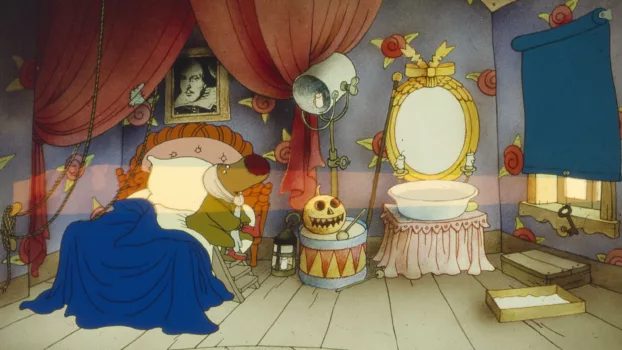


Details.
Release DateDecember 15, 1989
Original NameResan till Melonia
StatusReleased
Running Time1h 41m
Genres
Last updated:
This Movie Is About.
Wiki.
Voyage to Melonia (Swedish: Resan till Melonia; full English title: Voyage to Melonia: A fantasy loosely based on Shakespeare's 'The Tempest') is a 1989 Swedish-Norwegian animated adventure fantasy film directed by Per Åhlin, loosely based on William Shakespeare's The Tempest, with further inspiration from Jules Verne's Propeller Island and Charles Dickens' Oliver Twist. It was Åhlin's first fully animated feature film, as his earlier films Out of an Old Man's Head and Dunderklumpen! had both used a mix of animation and live action.
The film won two Guldbagge Awards for Best Creative Achievement (a category with three awards for technical achievements without their own categories); the first to Åhlin for the animation, the second to Björn Isfält for the score.
You May Also Like.

The Conjuring (2013)

The Wolf of Wall Street (2013)

Forrest Gump (1994)

Captain America: Civil War (2016)

World War Z (2013)

The Hobbit: An Unexpected Journey (2012)

The Little Mermaid (1989)
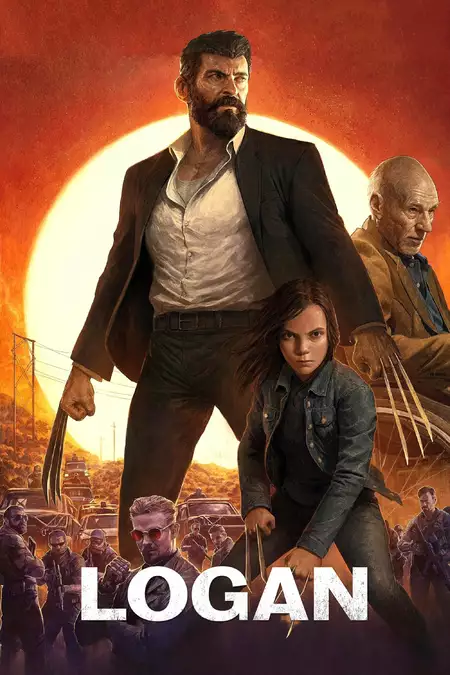
Logan (2017)

How to Train Your Dragon 2 (2014)

The Mask (1994)

Scary Movie 2 (2001)
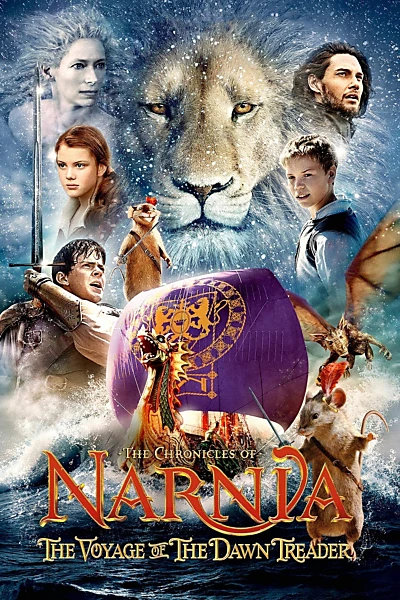
The Chronicles of Narnia: The Voyage of the Dawn Treader (2010)

Cloudy with a Chance of Meatballs (2009)

Star Wars: Episode II - Attack of the Clones (2002)
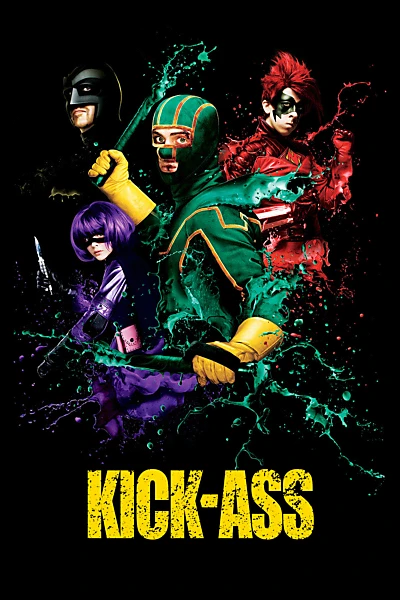
Kick-Ass (2010)

The Aviator (2004)

Neighbors (2014)
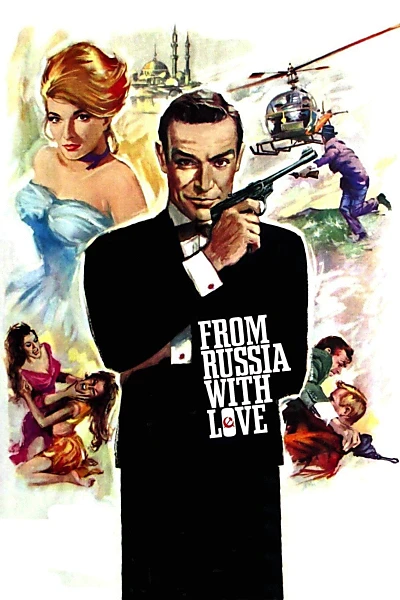
From Russia with Love (1963)
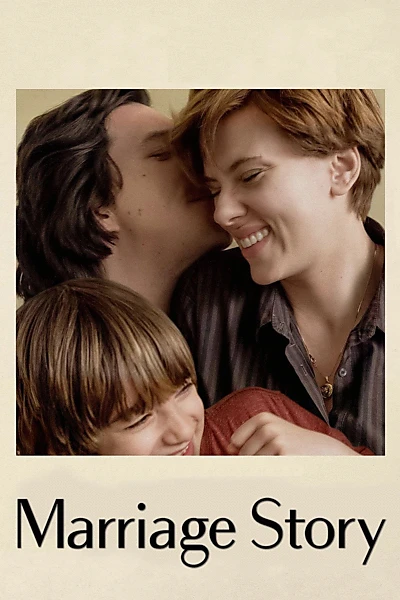
Marriage Story (2019)


